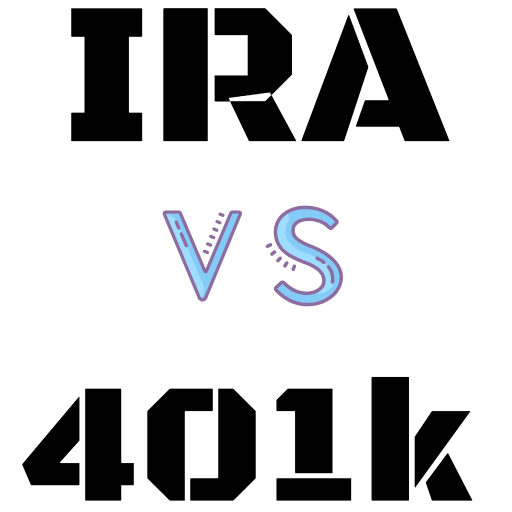
After a reprieve from required minimum distributions (RMDs) in 2020 due to the COVID-19 relief package in the CARES Act, RMDs return for 2021. Individuals are required to take RMDs from most retirement accounts once they turn age 72.
The first distribution needs to come out by April 1 following the year you turn 72. After that first year, every following year the RMD deadline is December 31. However, an exemption to the RMD rules – often referred to as the still-working exception – allows some people to delay RMDs until they retire. But like RMD rules, there are exceptions to this exception. Certain employees and business owners might need to engage in different types of planning to delay RMDs or maximize retirement planning.
Consolidation Can Maximize Exception’s Benefits
If you’re still employed and a participant in a qualified employer-based retirement plan – i.e., 401(k) plans, not traditional IRAs – your required RMD beginning date is actually whichever is later: the year you turn 72 or the calendar year you retire from the employer maintaining the plan. This only applies to the employer-based retirement account, not any other accounts like IRAs.
Forgoing RMDs until you retire creates opportunities to consolidate your retirement accounts. Let’s say you have an IRA with $100,000 in it and a 401(k) through your employer. You keep working past age 72. If you want to avoid RMDs altogether, you could roll over the $100,000 in the IRA to the company-based 401(k) – if the plan allows for rollovers.
But, you might want to consolidate accounts and complete rollovers before you reach age 72 as RMDs cannot be rolled over. Once you reach your RMD beginning date, you would have to take the RMD, meaning the amount you roll over into the employer plan would be less.
There’s another layer of complexity surrounding RMD exceptions, and it applies to the business owners. If you own more than 5% of the business, the still-working exception won’t work. If you own 5% or less of the business, you can delay RMDs until you retire. If you own more than 5%, you have to start RMDs once you reach age 72. If you reached age 70.5 before January 1, 2020 – when the SECURE Act changes took effect – and you did not own more than 5% of the company at 70.5, you could delay RMDs to the year in which you retire from that employer, even if your ownership stake exceeded 5% upon retirement.
Determining the 5% Ownership Rule
Ownership percentages under ERISA (Employee Retirement Income Security Act of 1974) code section 416 include a modified version of constructive ownership rules, which deem that family members and other ownership interests could count toward your ownership. So, if it’s a family-owned business, you might be deemed as owning more than 5%.
If you’re a 5% owner in the calendar year you turn 72, you will always be considered a 5% owner, even if you later sell all your stock. This means that the still-working exception would not apply at any point.
Once you’re a 5% owner, always a 5% owner. This goes the other way, too. If you aren’t a 5% owner at age 72, you never will be for purposes of the still-working exception to RMDs. If you give away all your company stock or sell it before the calendar year you turn 72, then acquire more than 5% later on, you can still delay RMDs.
Let’s look at one last wrinkle for business owners regarding the exception. Let’s say you own your entire company, so you don’t qualify for the exception. At age 72, your 401(k) – including your Roth 401(k) account – would be subject to RMDs. For business owners, this creates a planning situation. You might benefit from rolling over your Roth 401(k) account to a Roth IRA since Roth IRAs are not subject to RMDs. While some employees might benefit from consolidating their retirement accounts before age 72, business owners might benefit from splitting up their accounts and getting their Roth 401(k) into a Roth IRA to avoid RMDs.
Despite the complexities of the still-working exception, it’s a valuable RMD planning technique. Business owners need to understand the rule, because they might need to take RMDs from a retirement plan at age 72, even though they are still contributing to the plan. If you are eligible to contribute or have the employer contribute to the retirement plan you cannot, by law, be prohibited from the plan because you reached any age, including age 72. This means you might be making contributions and RMDs to the same plan after age 72.
Even if you qualify for the exception, a retirement plan can force you to take RMDs. Retirement plans can force all employees to start taking distributions by April 1 following the year in which they turn 72. While this can be a good rule for a plan to ensure all owners are meeting their RMDs, it can create confusion for those who aren’t retired and qualify for the exception as the law hasn’t set their required beginning date, even though the plan has.
Business owners and those still working need to navigate the complex world of RMDs with their long-term goals in sight. If you need or want the RMDs, you should take them. If you want to defer them and continue saving for retirement, there are planning opportunities. Make sure you follow the RMD rules and do the best planning possible towards your long-term retirement goals.
